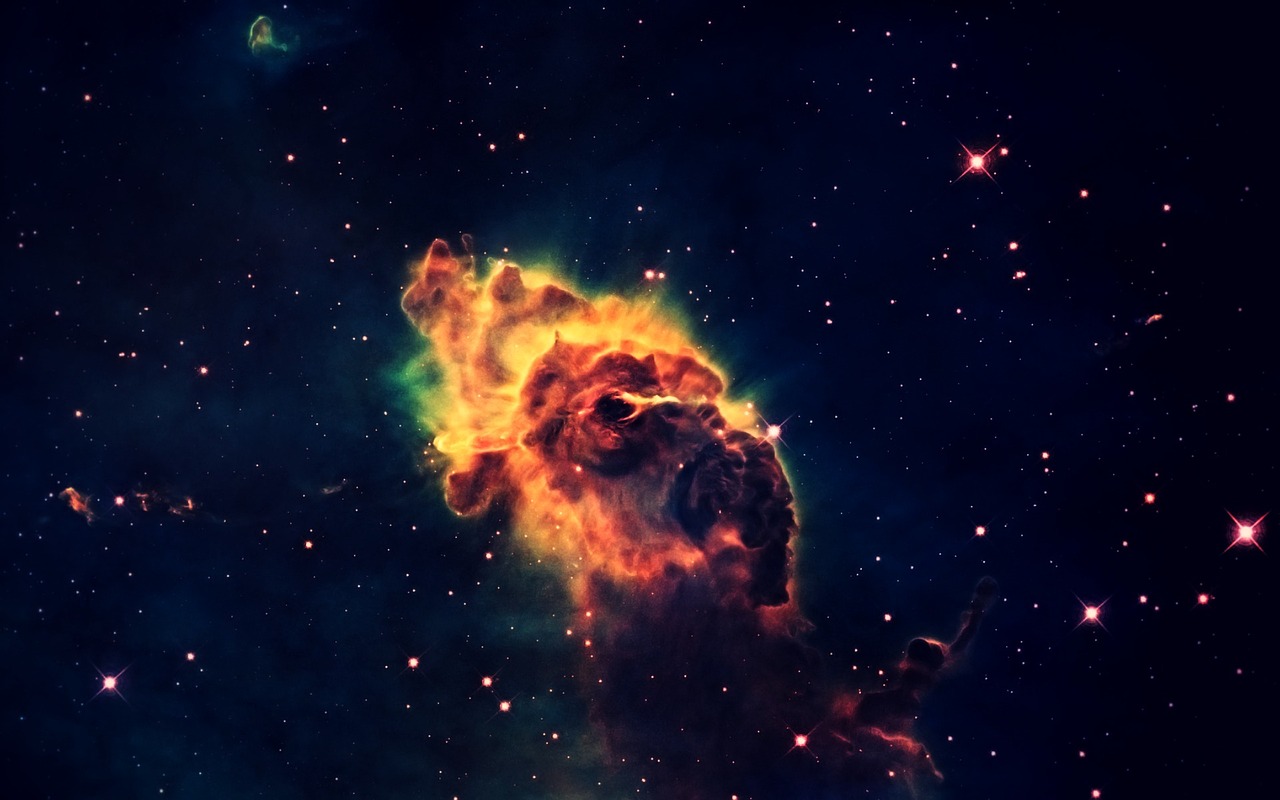Media release
From:
Astronomy: JWST finds planetary ingredients in stellar nursery
The detection of planet-forming ingredients around hundreds of young stars in the Small Magellanic Cloud (SMC), a dwarf galaxy neighbouring the Milky Way, is presented in a paper published in Nature Astronomy. The findings are based on data from the James Webb Space Telescope (JWST) and aid our understanding of whether planets can form efficiently in galaxies that are poorer in such materials than the Milky Way.
Planets start off as microscopic grains of sand- or soot-like dust. Over time, dust grains stick together, forming pebbles; pebbles conglomerate to form rocky planetesimals; and planetesimals gently collide to create planetary cores. However, the raw materials to form dust — elements such as silicon, magnesium, aluminium, and iron — are in comparatively low supply in the SMC.
Using infrared imaging from the JWST, which can detect thermal radiation emitted from warm dust, Olivia Jones and colleagues observed hundreds of young low-mass stars (stars younger and less massive than our Sun) in a star-forming region of the SMC called NGC 346. The authors detected signs of dust orbiting close to the young stars, implying that planets should form as these young stars mature.
They indicate that the abundance of rock-forming elements in the SMC is similar to that of galaxies much further away, at a redshift of about 2 — a period in the history of the Universe about 11 to 12 billion years ago that astronomers call ‘cosmic noon’. Given that planet formation is likely in the SMC, the authors infer that planets may have been able to form during this time period and thereafter.



 International
International


